Introduction
In the ever-evolving landscape of game development, Unreal Engine 4 (UE4) has emerged as a powerhouse, providing developers with remarkable tools to craft immersive and engaging experiences. Among the myriad features that UE4 offers, one particularly intriguing functionality is the ability to create trails associated solely with skeletal meshes. This article dives deep into this feature, laying out the methodologies, practical applications, and best practices, thereby positioning you to enhance your projects with trail effects using skeletal meshes in UE4.
Understanding Skeletal Meshes in UE4
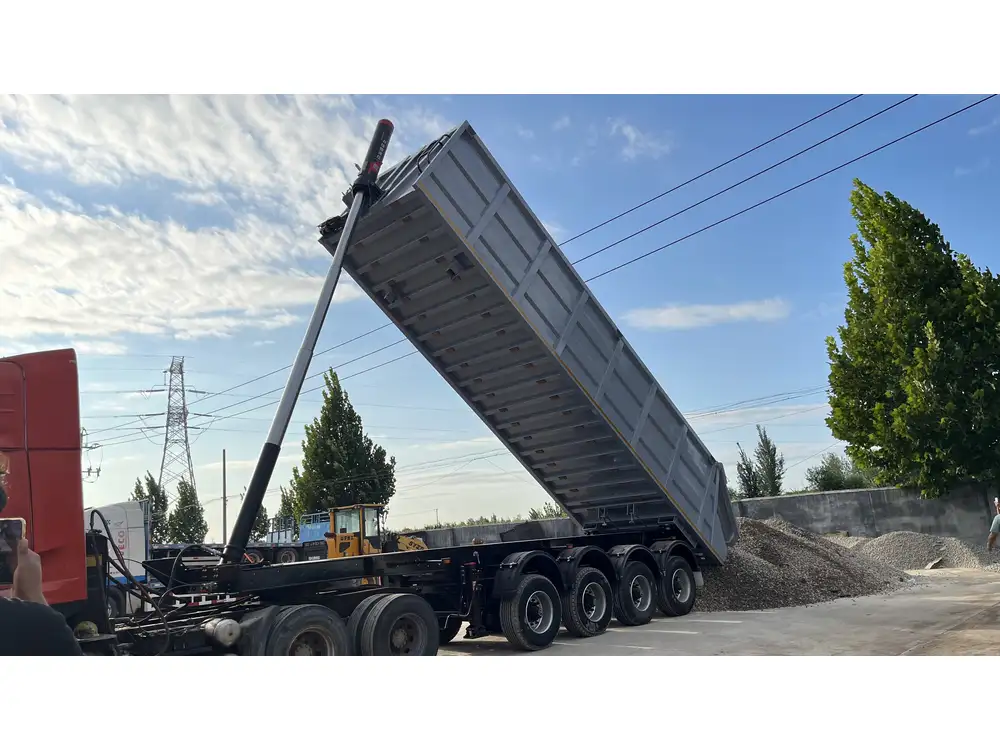
What Are Skeletal Meshes?
Skeletal meshes are complex 3D models composed of vertices and polygons that are rigged with a skeletal system. This system includes bones that dictate how the mesh deforms and animates. In gaming, skeletal meshes are crucial for character animations, allowing for nuanced movements that breathe life into in-game avatars.
Benefits of Using Skeletal Meshes for Trails
- Realism: Utilizing skeletal meshes for trails enhances the visual fidelity of your character movements, providing a more immersive experience.
- Dynamic Effects: Trails respond to the motion of the skeletal mesh, allowing for dynamic particle effects and a sense of speed or fluidity.
- Customization: Developers can create unique trail systems that complement various skeletal animations, making it adaptable for different styles and gameplay mechanics.
Implementing Trails in UE4
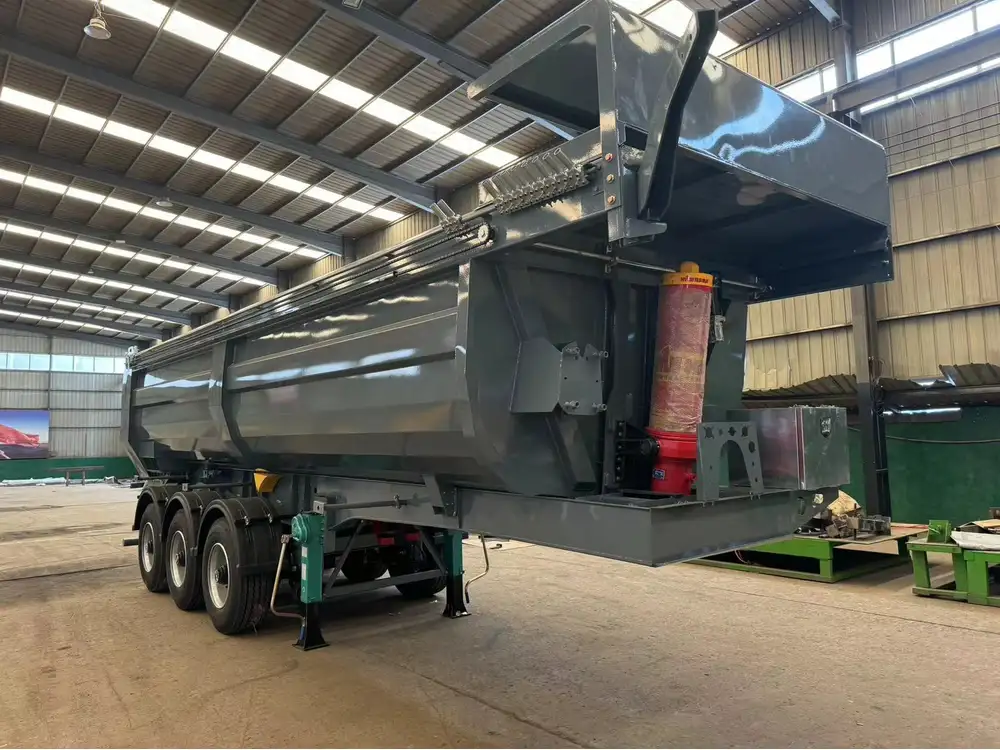
Prerequisites
Before you begin, ensure you have the following:
- A basic understanding of UE4’s interface.
- A skeletal mesh prepared in the engine.
- Familiarity with material creation and particle systems in UE4.
Step-by-Step Guide to Creating Trails for Skeletal Meshes
Step 1: Setting Up Your Project
- Open Unreal Engine 4 and create a new project or open an existing one.
- Import your skeletal mesh into the content browser. Ensure that the mesh has its associated animations ready to bring it to life.
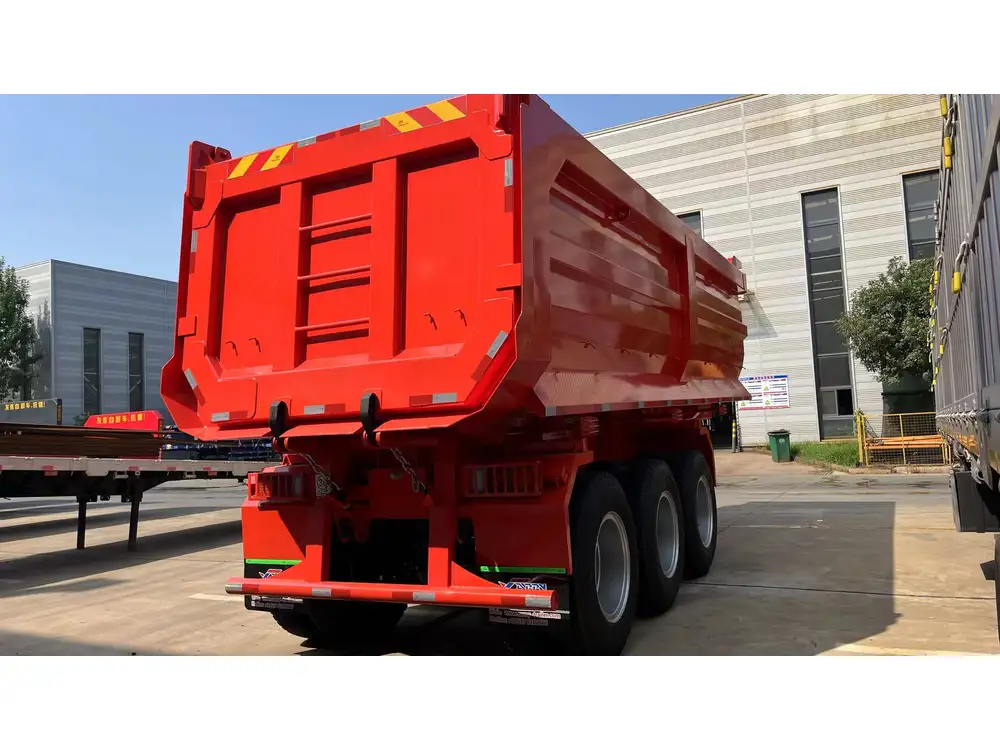
Step 2: Creating a Trail Material
- Right-click in the content browser and select Material from the Create Basic Asset menu.
- Open the material editor by double-clicking your new material.
Set up a simple material that utilizes particle effects and a translucent blend mode.
- Base Color: Set to a gradient or a texture.
- Opacity: Control the visibility of the trail using nodes.
- Blend Mode: Choose Translucent to allow the material to blend with the environment.
Step 3: Developing the Particle System
Right-click in the content browser, then select Particle System to create a new particle emitter.
Open the particle system editor.
Add an emitter and configure it. Key settings to adjust include:
- Spawn Rate: Determine how many particles are spawned per second.
- Lifetime: Set the duration that each particle remains visible.
- Initial Size: Control the size of the particles to match the desired visual.
In the Render section of the emitter settings, assign your trail material to the particle system.
Step 4: Attaching the Particle System to Your Skeletal Mesh
- Open the skeletal mesh of your character or object in the editor.
- Navigate to the Blueprint editor and create a new blueprint class based on your skeletal mesh.
- Inside the blueprint:
- Add a Particle System component.
- Set the particle system to the one you created earlier, adjusting its position to align with the skeletal mesh’s movement.

Step 5: Programming Trail Behavior Using Blueprints
To enhance interactivity:
- Open the blueprint for your skeletal mesh and add logic to control the trail visibility based on gameplay scenarios.
- You can implement conditions, such as:
- Enable/Disable Trails: Control when the trails appear based on player actions or character states (e.g., sprinting).
- Trail Colors and Intensity: Dynamically modify trail properties to indicate status effects (e.g., damage taken or speed boosts).
Best Practices for Trail Implementation
- Optimize Particle Count: To maintain performance, avoid excessive particle counts in busy scenes. Use LOD (Level of Detail) settings to reduce particle complexity at distances.
- Dynamic Adjustments: Create functionality within your game to adapt trail appearance based on environmental factors or player inputs, ensuring a responsive and engaging experience.
- Shader Considerations: Utilize custom shaders that are optimized for trail rendering to reduce overhead and latency during gameplay.
- Performance Profiling: Regularly profile your project to monitor the performance impact of trails, adjusting parameters as needed to maintain optimal framerates.
Common Challenges and Solutions

Achieving the Desired Visual Quality
Problem: Trails Are Too Bright or Faded
- Solution: Adjust the opacity settings in your material. Experiment with blend modes and transparency to find the perfect balance.
Problem: Trails Lag Behind the Skeletal Mesh
- Solution: Implement an update method in your particle system to sync it with mesh movement more accurately. This can involve tracking bone positions and interpolating trails from previous positions.
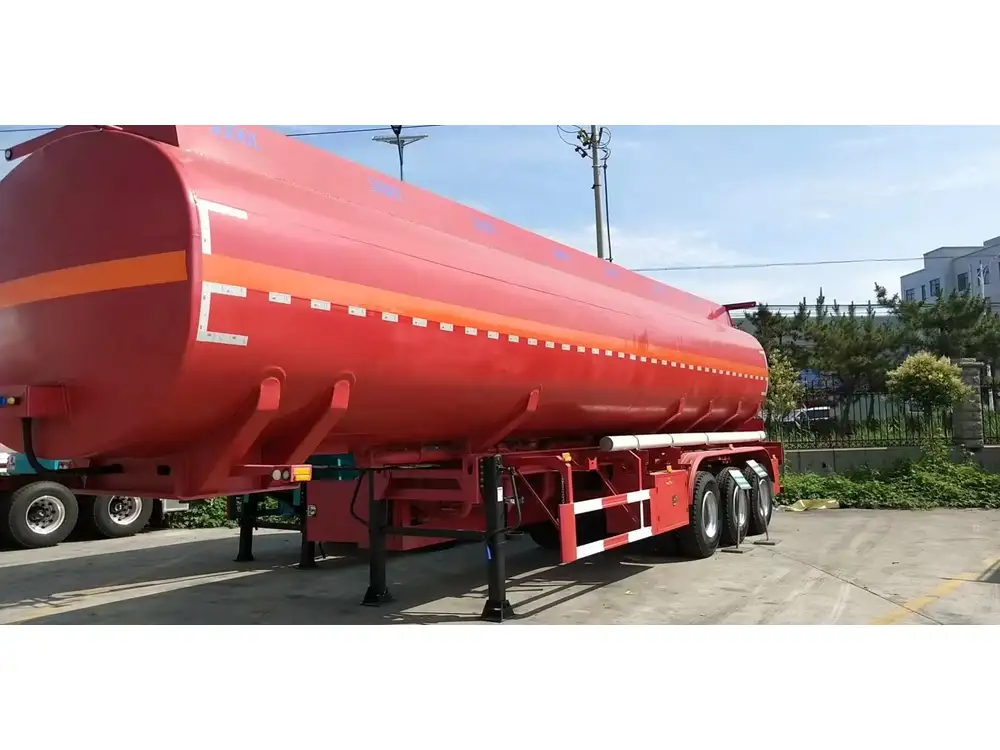
Resource Management Issues
Problem: High Performance Cost of Particles
- Solution: Optimize particle settings. Reduce the lifetime of particles or adjust the spawn rate to minimize overhead during gameplay.
Use Cases for Trail Effects in Gaming

Enhancing Combat Mechanics
Using trails to signify weapon strikes or abilities can provide immediate visual feedback, enhancing the excitement and clarity during combat sequences. For instance, implementing trails that become brighter or change color upon hitting an enemy can create satisfying moments for players.
Improving Character Movement
Game characters that utilize trails while sprinting or dodging not only convey speed but also enhance gameplay fluidity. These visual cues can signal to players when to time their actions, creating a seamless gameplay experience.
Visual Storytelling in Cutscenes
Trails can be employed strategically in cutscenes to emphasize character actions, add dramatic flair, or symbolize abilities. For example, a character performing a climactic move could leave a glowing trail, enhancing the dramatic impact of the moment.
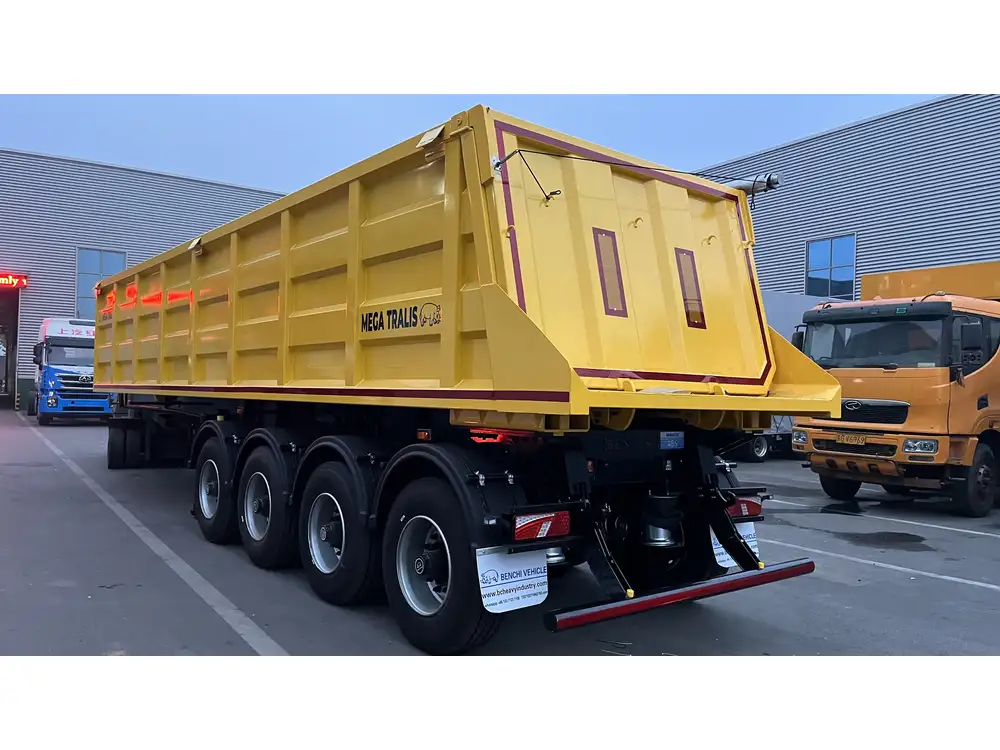
Advanced Techniques: Trail Logic and Customization
Customizing Trail Behavior Based on Game States
- State-Driven Trails: Create dynamic trails that change based on the character’s state (e.g., slowing down results in shorter trails).
- Color Gradients: Implement color changes in trails that vary based on health levels, creating visual cues that enhance strategy.
Implementing Blueprint Variables for Trail Control
Use Blueprint variables to allow developers or designers to tweak trail parameters on the fly without diving into code. This provides flexibility and optimizes workflows during the game development process.
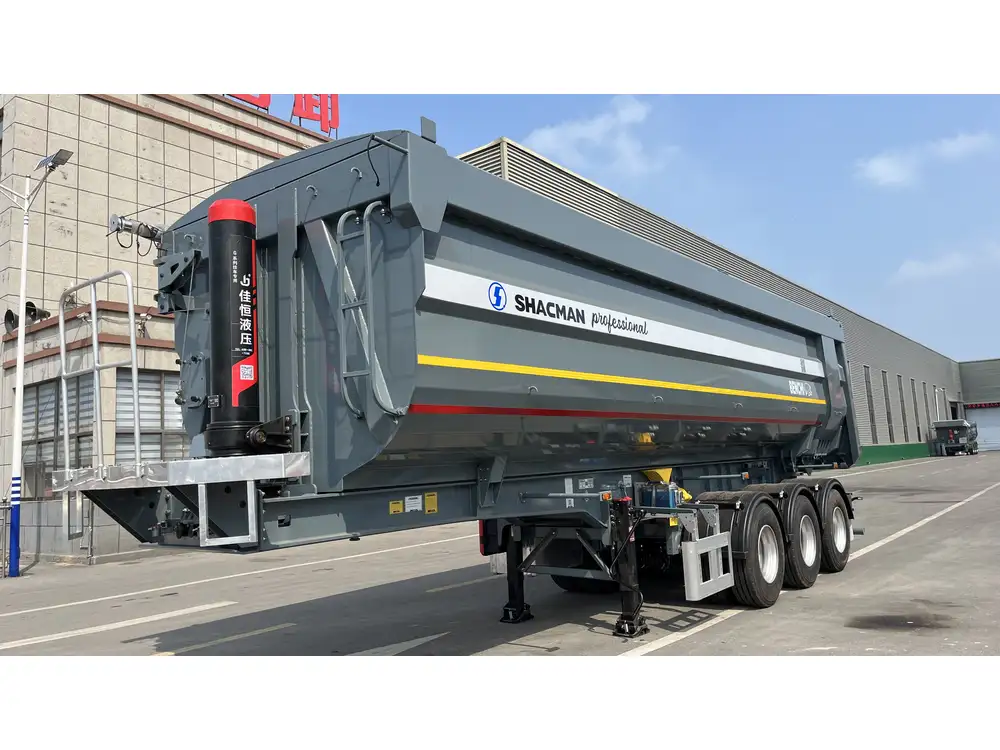
Conclusion
Incorporating trails solely for skeletal meshes in Unreal Engine 4 can significantly enhance the visual appeal of your game, fostering a more engaging and immersive experience for players. By following the detailed steps outlined in this guide, you can create stunning visual effects that align with your game mechanics and narrative. The combination of realistic trails with skeletal animation not only improves gameplay but also bolsters the overall quality of your project. Continually experiment with various settings and methodologies to perfect your approach and stay ahead in the competitive realm of game development.
Ultimately, the artistry of creating these effects in UE4 lies in understanding how best to marry aesthetics with performance, ensuring that your game captures the imagination of players without compromising on efficiency. The world of digital creation is vast, and trails on skeletal meshes are merely the beginning of what you can achieve with Unreal Engine 4.



